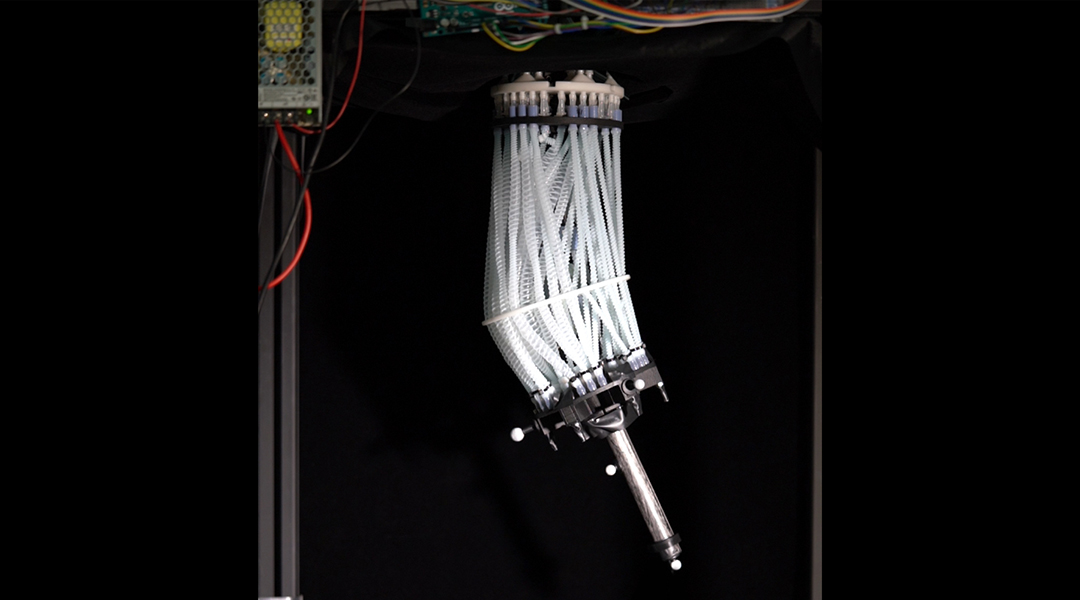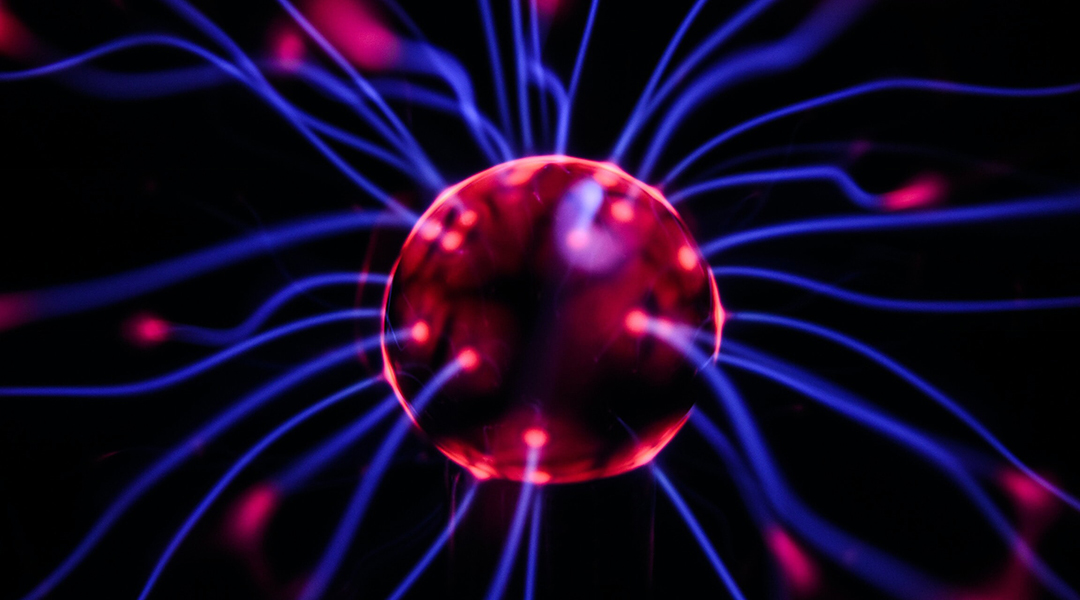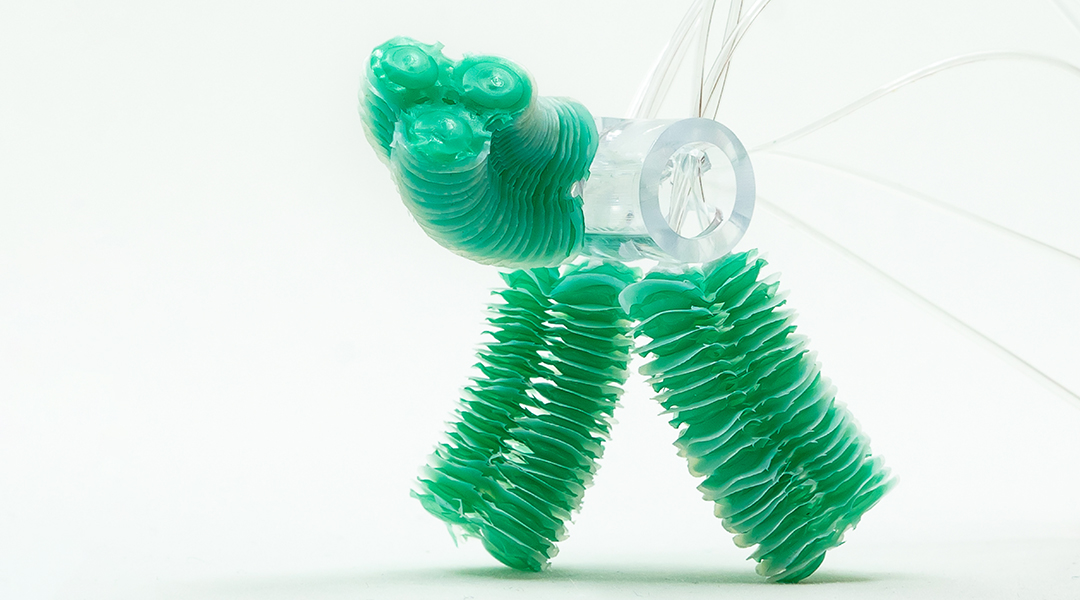Researchers demonstrate learning behaviour in a solid-state device that is entirely controlled by electrical stimuli.


Researchers demonstrate learning behaviour in a solid-state device that is entirely controlled by electrical stimuli.

Using soft materials, researchers have developed a robot arm that mimics the rotational movement and structure of the shoulder.

Insights gained from the hard landings of tree-climbing geckos leads to better and controlled perching in robotic aerial vehicles.

To help improve the success rates of fertility treatments, scientists are turning to AI to help standardize the sperm selection process.

Microrobots dubbed “microwalkers” can both swim and walk, allowing them to transverse challenging biological environments.

Researchers take a different approach to machine learning to uncover the physics of optics in composite materials.

As machine learning gets better at deciphering our brain activity, the possible uses and misuses of this technology come into focus.

An AI made from plasma learns to play tic-tac-toe using varying and controllable mixtures of gases, in a major step forward.

Complex environments require soft robots to adapt to minimal spaces without sacrificing the ability to complete dexterous tasks.

Forcing robots to see through a human’s eyes is limiting. Smart robotic eyes that can think for themselves could be the answer.